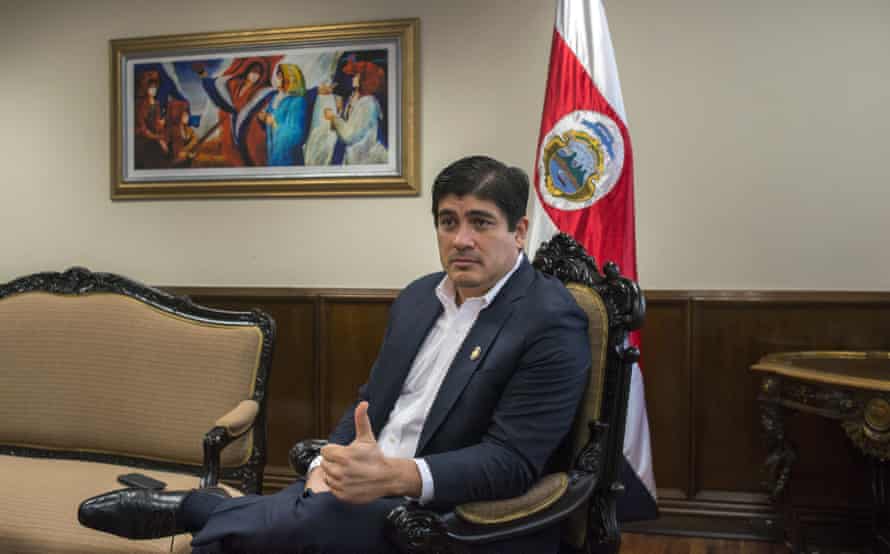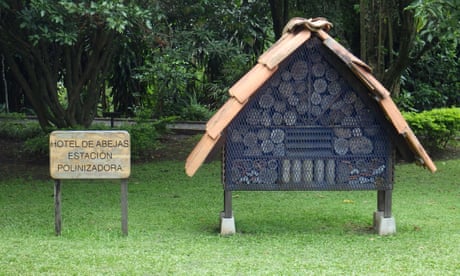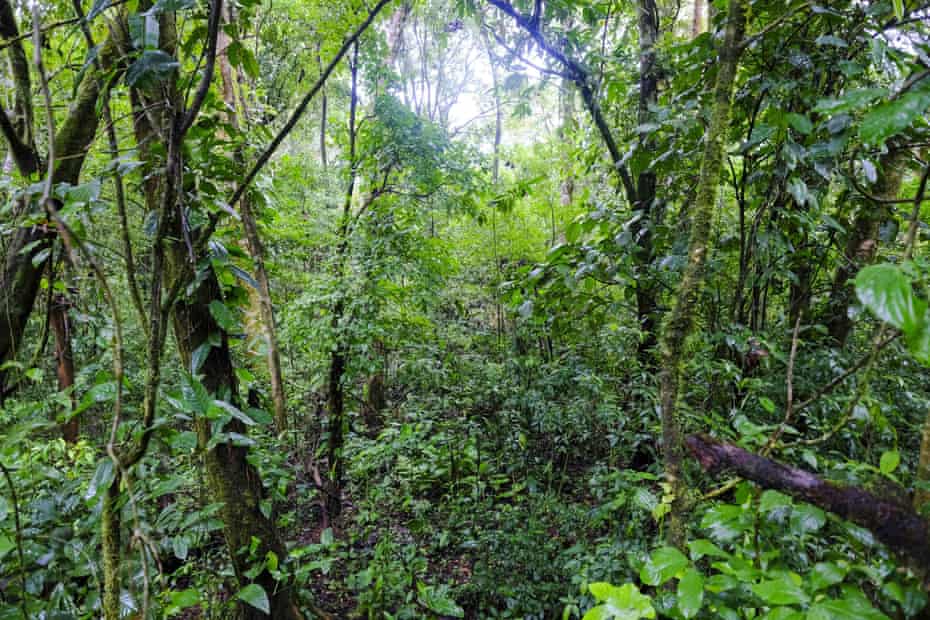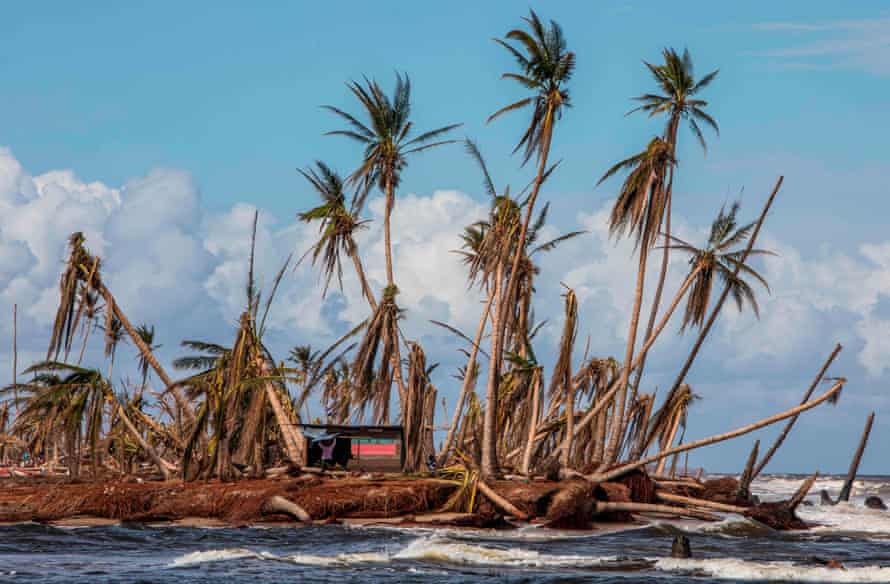Many forms of Quaker ministry
What Is Ministry?
by Virginia Schurman, Baltimore Yearly Meeting
Often among Friends, we think first of vocal ministry in Meeting for Worship. Yet in addition to this ministry are many other forms of ministry among Friends. All of us are called to a variety of ministries and, at different times to different ministries. “There are different kinds of gifts, but the same Spirit. There are different kinds of service but the same God. There are different kinds of working, but the same God works all of them in all people. Now to each one the manifestation of the Spirit is given for the common good.” (I Corinthians 12)
1] The ministry of “being.”
This is the ministry of those in our Meetings who are called to be a faithful person to God and to others, and whose lives quietly radiate that centeredness on God. All of us share in this ministry: to be a “ground” or “anchor” for the Meeting in Meeting for Worship, Meeting for Business, and at other times. Those called to this ministry help to deepen and center the worship just by their very presence. Their gift is one of love and faithfulness, and a life grounded in the Spirit. They may also be led to nurture others in the spiritual life.
2] The ministry of prophesying.
This is the ministry of those who are led by the Spirit to be an instrument to say or to do what God wishes for this particular time and situation. Giving a message in Meeting for Worship is part of the vocal prophetic ministry. There is also a social prophetic ministry, being led by God to bring God’s justice, peace, and righteousness to the world situation—for example, to the poor and hungry, the homeless, the battered, the lonely and forgotten. These are Friends who are led to be an instrument of God’s love and justice to others in work for peace, prison work, and many other forms of “social” ministry.
3] The ministry of serving and contributing to the needs of others.
There are those in our Meeting communities who are led to express the compassion of God by serving the needy, both physically and spiritually. They are sensitive to the needs of others and responsive to them. They provide support in many ways (large and small) to others—for example, bringing a casserole to someone who is ill, or baby-sitting for busy parents. The ministry of teaching. This is the ministry of those who know the Quaker tradition and are led to help the community appreciate who they are, where they came from, and where God is leading them now. Those called to this ministry rely, like all of us, on the Inward Teacher. This ministry is important today, when Friends no longer come from a tight-knit community who worked and lived together, where “teaching” was done by “osmosis.”
4] The ministry of encouraging.
This is the ministry of those led to provide care and nurture by helping others in their spiritual lives, and those in spiritual torment and difficulty. Their gift is one of truly listening to others, and to help them discern where God is leading them. This ministry goes beyond individualism to a shared experience of God.
5] The ministry of leadership.
This is the ministry of those led to be a facilitator—our clerks, those on Ministry and Counsel, and other Friends. There is a different kind of leadership among Friends, where the leader takes on a servant role. We are reminded of when Jesus washed the feet of the disciples. These Friends are given the gift of helping the Meeting’s discernment of God’s direction for the Meeting community at this time. Perhaps there are other ministries in your Meeting. It seems that we are given different ministries at different times, and are sometimes called to ministries that stretch us beyond what we perceive as our gifts, which can help us to grow.
— Adapted from an article in Baltimore Yearly Meeting “Interchange,” September, 1992.
---
Fostering Vital Friends Meetings, Part Two: Resources for Working with Quaker Meetings, © 1999 by Quaker Press of FGC
---




![[Newsfeed] #TogetherAtHome sticker](https://scontent.fadl3-1.fna.fbcdn.net/v/t39.1997-6/p160x160/93118771_222645645734606_1705715084438798336_n.png?_nc_cat=1&ccb=3&_nc_sid=ac3552&_nc_ohc=zxs5Bq9XbEcAX8wjP5P&_nc_ht=scontent.fadl3-1.fna&_nc_tp=30&oh=43a18c54b6aadeb8ade69a5bcb9382d1&oe=605D89FB)
 Costa Rica’s president, Carlos Alvarado Quesada: ‘Our approach is to lead by example.’ Photograph: Marco Valle/Bloomberg /Getty Images
Costa Rica’s president, Carlos Alvarado Quesada: ‘Our approach is to lead by example.’ Photograph: Marco Valle/Bloomberg /Getty Images

 Environmental policies are ‘the dominant DNA’ of Costa Rica, says Alvarado. Photograph: Jeffrey Arguedas/EPA
Environmental policies are ‘the dominant DNA’ of Costa Rica, says Alvarado. Photograph: Jeffrey Arguedas/EPA Devastation caused by Hurricane Iota in Haulover, Nicaragua, in November 2020. Photograph: Inti Ocón/AFP/Getty Images
Devastation caused by Hurricane Iota in Haulover, Nicaragua, in November 2020. Photograph: Inti Ocón/AFP/Getty Images